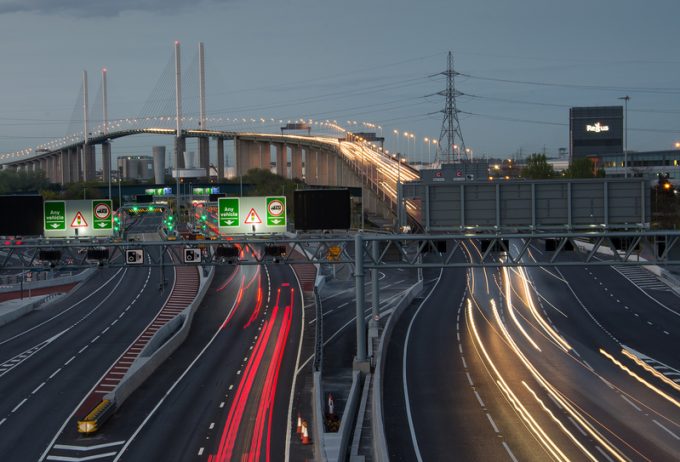Gemini drops Felixstowe for London Gateway on Asia-Europe strings
With just 10 weeks until the Gemini Cooperation formally begins sailings – and two weeks ...

The UK government has announced the route for the new Thames crossing to supplement links that have become increasingly congested.
The preferred route for the Lower Thames Crossing will run between the M25 at North Ockendon, east of Tilbury, under the Thames to linkup with the A2 that links up with the M2 to Dover.
It is expected to carry 4,500,000 freight vehicles in its first year of operation, although no dates for construction have been announced. Over the next year, the Highways Agency will decide ...
Volcanic disruption at Anchorage could hit transpacific airfreight operations
Macron calls for ‘suspension’ – CMA CGM's $20bn US investment in doubt
Forwarders stay cool as US 'liberation day' tariffs threaten 'global trade war'
Shippers snap up airfreight capacity to US ahead of tariff deadline
De minimis exemption on shipments from China to the US will end in May
Tighter EU import requirements proving 'a challenge' for forwarders
Looming Trump tariffs will create 'a bureaucratic monster' for Customs

Comment on this article